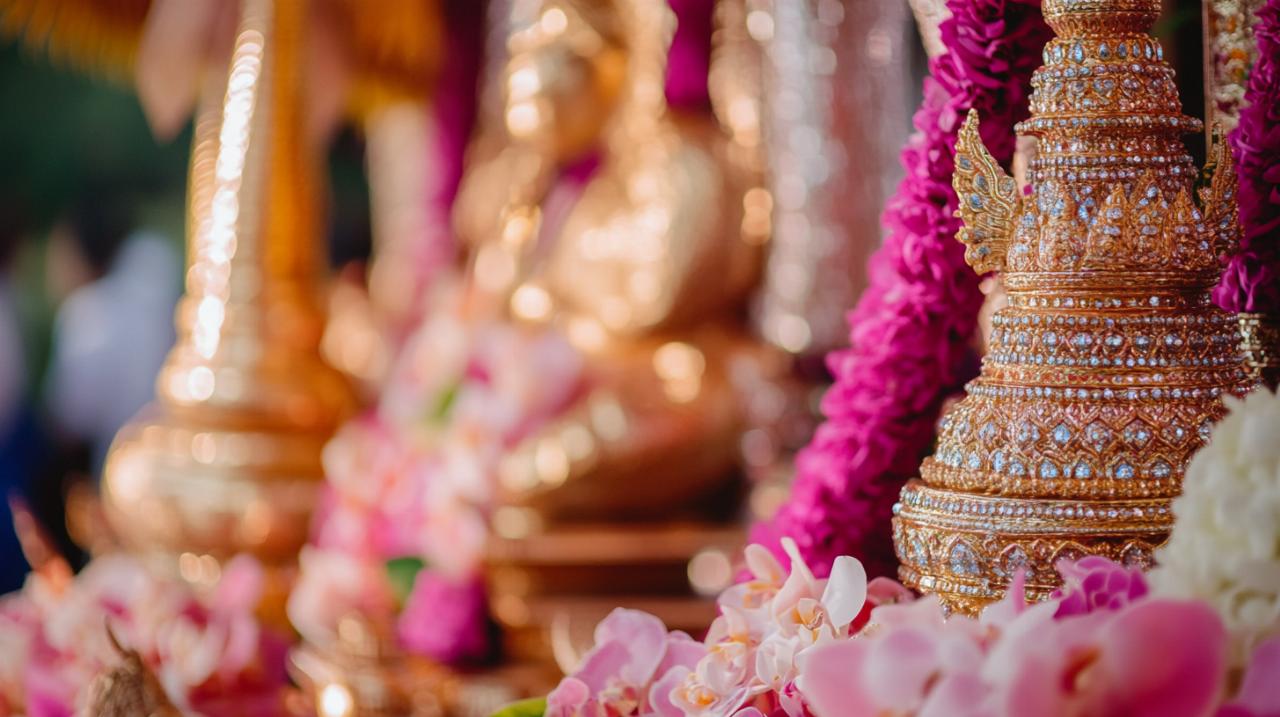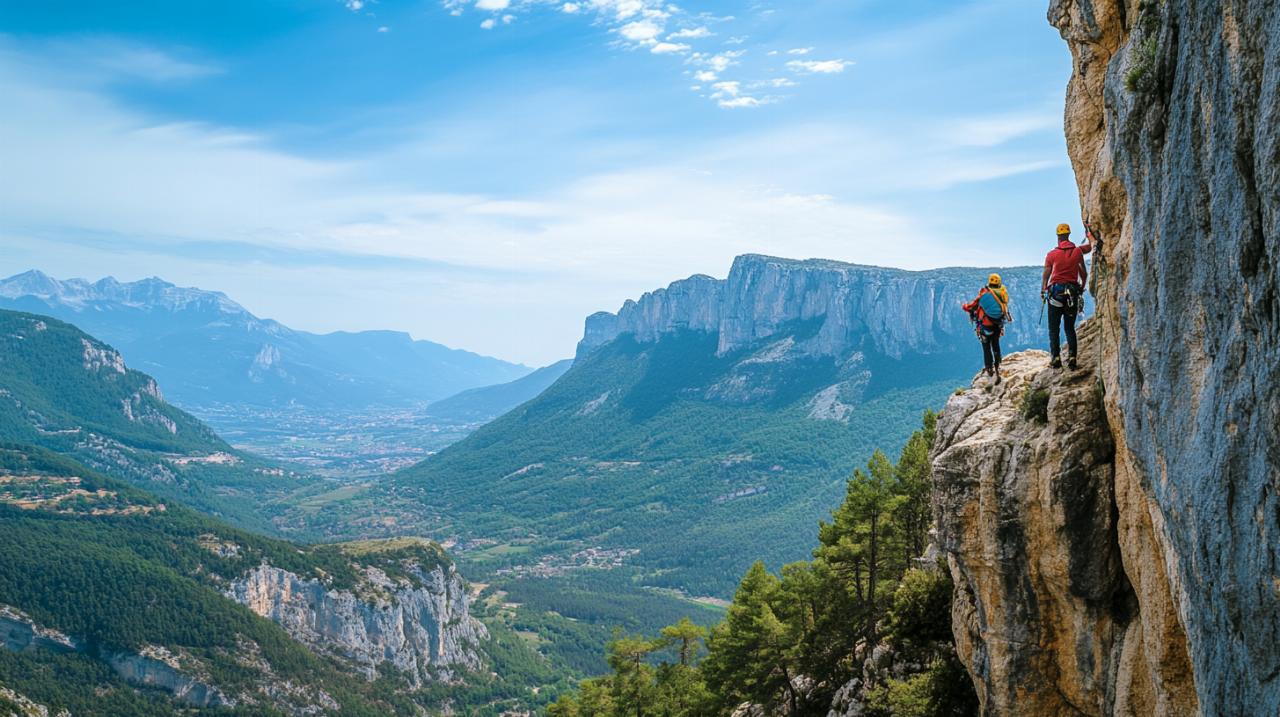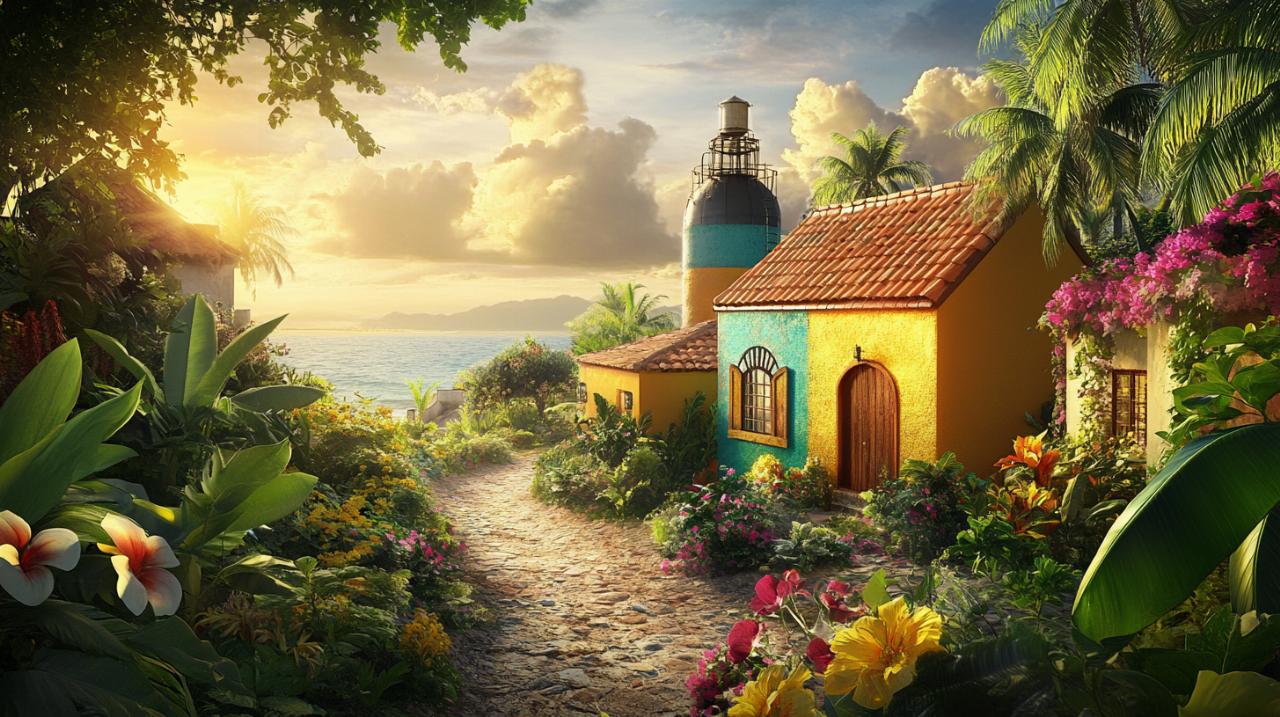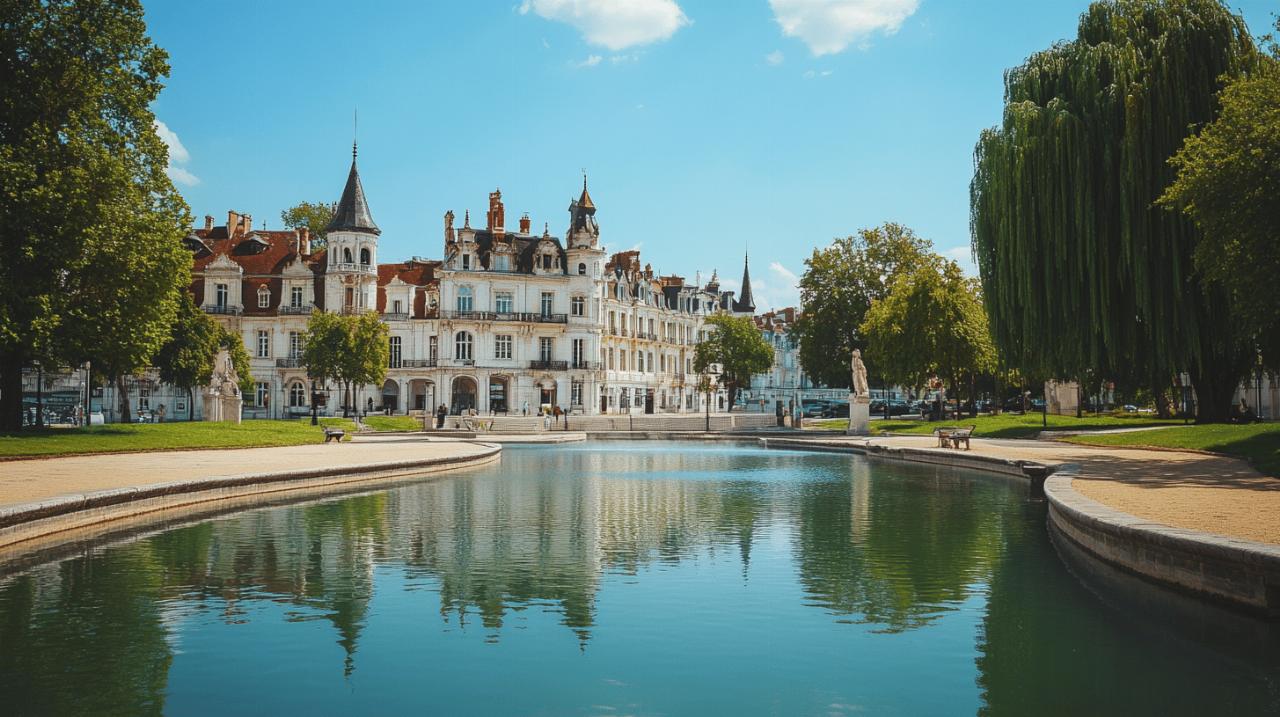Japan's temples represent far more than mere architectural wonders or historical curiosities; they are living embodiments of centuries-old spiritual traditions that continue to shape the nation's cultural identity. From the bustling streets of Tokyo to the serene hillsides of Kyoto, these sacred spaces offer visitors a chance to step away from modernity and experience a profound sense of peace and contemplation. Whether you are drawn to the gleaming gold leaf of famous pavilions or the quiet dignity of ancient wooden structures, Japan's temple landscape promises discoveries that will resonate long after your journey concludes.
Kyoto's magnificent temple trio: architectural marvels and spiritual sanctuaries
The Wooden Wonder of Kiyomizu-dera and Its Mystical Waters
Perched dramatically upon a hillside overlooking the ancient capital, Kiyomizu-dera stands as one of Kyoto's most beloved temples, renowned for its remarkable wooden stage that juts out from the main hall. This extraordinary structure, supported by an intricate framework of pillars assembled without a single nail, offers breathtaking panoramic views across the city and surrounding landscape. The temple's name translates to Pure Water Temple, a reference to the Otowa Waterfall that flows beneath the main hall. Visitors queue patiently to collect water from three separate streams, each believed to bestow different blessings upon those who drink from them. The temple grounds transform with the seasons, from cherry blossoms in spring to fiery maple leaves in autumn, creating an ever-changing backdrop that has captivated pilgrims and tourists for generations. Beyond its visual splendour, Kiyomizu-dera serves as a testament to the ingenuity of Japanese craftsmanship and the enduring appeal of sacred architecture that harmonises seamlessly with its natural surroundings.
Golden Splendour at Kinkaku-ji Versus Silver Serenity at Ginkaku-ji
The contrast between these two iconic Kyoto temples could hardly be more striking, yet both offer uniquely enchanting experiences. Kinkaku-ji, the Golden Pavilion, dazzles visitors with its upper floors entirely covered in brilliant gold leaf that shimmers magnificently when reflected in the mirror-like pond surrounding it. Originally constructed in the fourteenth century and later rebuilt following a fire, this Zen Buddhist temple achieved UNESCO World Heritage status in recognition of its cultural significance and architectural beauty. The building's opulent exterior creates an almost dreamlike atmosphere, particularly on sunny days when the golden facade seems to glow with an otherworldly radiance. Meanwhile, its counterpart Ginkaku-ji, the Silver Pavilion, presents a more understated elegance despite never actually receiving its intended silver covering. The temple's true treasure lies in its exquisite Zen garden, where meticulously raked gravel patterns and carefully placed rocks create a meditative landscape that invites quiet contemplation. Walking through Ginkaku-ji's grounds offers a more tranquil experience compared to the crowds drawn to Kinkaku-ji's photogenic brilliance, making it an ideal destination for those seeking a more intimate encounter with Japanese aesthetics and spiritual philosophy.
Tokyo's sacred sites: ancient tradition meets urban energy
Senso-ji temple: exploring tokyo's most historic spiritual hub
In the heart of Tokyo's Asakusa district stands Senso-ji, the capital's oldest temple and one of its most vibrant spiritual destinations. Originally built in the year six hundred and forty-five, this ancient sanctuary attracts over thirty million visitors annually who come to experience its unique blend of history, spirituality, and commercial energy. The approach to the main hall takes visitors through the bustling Nakamise shopping street, where traditional stalls sell everything from local snacks to handcrafted souvenirs, creating a lively atmosphere that contrasts beautifully with the solemn temple grounds beyond. Upon reaching the impressive Kaminarimon thunder gate with its enormous red lantern, visitors proceed through the purification ritual before entering the main worship area. The temple complex buzzes with activity throughout the day as devotees light incense, offer prayers, and draw fortune slips that predict their luck. Those who receive unfavourable predictions can tie their papers to designated racks, symbolically leaving bad fortune behind. Senso-ji embodies Tokyo's remarkable ability to preserve ancient traditions whilst embracing the energy and dynamism of contemporary urban life, making it an essential destination for anyone seeking to understand the city's spiritual foundations.
Finding Tranquillity at Meiji Jingu Shrine Amidst the Metropolis
Just minutes from the fashion districts of Harajuku and Shibuya lies an unexpected oasis of calm that seems worlds removed from Tokyo's frenetic pace. Meiji Jingu, completed in nineteen twenty, honours Emperor Meiji and Empress Shoken through a shrine complex surrounded by a dense forest of trees donated from across Japan. More than one hundred and twenty thousand trees were planted to create this urban sanctuary, which now provides a vital green lung for the city whilst serving as an important Shinto site. The gravel pathways leading through towering torii gates create a sense of gradual separation from the secular world, preparing visitors for the sacred space ahead. Traditional wedding processions occasionally pass through the grounds, offering glimpses of elaborate ceremonial dress and ancient customs still practised today. The shrine's main buildings demonstrate the refined simplicity characteristic of Shinto architecture, eschewing ornate decoration in favour of natural wood and clean lines that emphasise harmony with the surrounding environment. Whether you seek spiritual reflection or simply respite from Tokyo's overwhelming sensory assault, Meiji Jingu provides a contemplative space where the boundary between nature, tradition, and modernity dissolves into peaceful coexistence.
Kamakura's coastal temple treasures: where buddha meets the sea
The awe-inspiring great buddha at kotoku-in
 Seated serenely in the open air, the monumental bronze Buddha at Kotoku-in commands immediate reverence from all who encounter it. This magnificent statue measures over thirteen metres in height and has weathered centuries of exposure to the elements after the original temple hall housing it was destroyed by a tsunami in the fifteenth century. The Great Buddha's expression conveys profound inner peace and wisdom, inviting contemplation regardless of one's religious beliefs or background. Visitors can walk completely around the statue to appreciate its impressive scale and the remarkable craftsmanship evident in every detail, from the graceful hand positions to the serene facial features that seem to shift subtly with changing light conditions. For a small additional fee, it is even possible to venture inside the hollow interior of the statue, an unusual opportunity that reveals the construction techniques employed by medieval artisans. The statue's enduring presence in its outdoor setting creates a powerful connection between the spiritual and natural worlds, with the bronze surface developing a distinctive patina that testifies to its long history. Kotoku-in represents one of Japan's most iconic images and offers a moving encounter with Buddhist art on a truly monumental scale.
Seated serenely in the open air, the monumental bronze Buddha at Kotoku-in commands immediate reverence from all who encounter it. This magnificent statue measures over thirteen metres in height and has weathered centuries of exposure to the elements after the original temple hall housing it was destroyed by a tsunami in the fifteenth century. The Great Buddha's expression conveys profound inner peace and wisdom, inviting contemplation regardless of one's religious beliefs or background. Visitors can walk completely around the statue to appreciate its impressive scale and the remarkable craftsmanship evident in every detail, from the graceful hand positions to the serene facial features that seem to shift subtly with changing light conditions. For a small additional fee, it is even possible to venture inside the hollow interior of the statue, an unusual opportunity that reveals the construction techniques employed by medieval artisans. The statue's enduring presence in its outdoor setting creates a powerful connection between the spiritual and natural worlds, with the bronze surface developing a distinctive patina that testifies to its long history. Kotoku-in represents one of Japan's most iconic images and offers a moving encounter with Buddhist art on a truly monumental scale.
Hasedera temple: kannon's mercy and breathtaking panoramic vistas
Perched on Kamakura's hillside with commanding views over the coastal town and Sagami Bay beyond, Hasedera Temple combines spiritual significance with natural beauty in a setting that enchants throughout the seasons. The temple's principal treasure is an extraordinary eleven-faced wooden statue of Kannon, the goddess of mercy, which rises more than nine metres high and ranks among Japan's largest wooden sculptures. The multiple faces are believed to allow Kannon to observe suffering in all directions, embodying the bodhisattva's compassionate commitment to relieving worldly pain. The temple grounds encompass beautifully maintained gardens that burst into colour during hydrangea season, when thousands of blooms transform the hillside into a stunning tapestry of blues, purples, and pinks. Stone pathways wind through the complex, connecting various halls, ponds, and viewing platforms that offer ever-changing perspectives on the landscape below. Small Jizo statues, protectors of children and travellers, line sections of the path, often adorned with colourful bibs and offerings from devoted visitors. Hasedera successfully balances its roles as an active place of worship and a destination that celebrates the aesthetic traditions central to Japanese temple culture, rewarding those who make the journey with experiences that nourish both spirit and senses.
Beyond the Beaten Path: Hidden Gems from Nara to Uji
Todai-ji's Colossal Bronze Buddha and the Lucky Pillar Challenge
Nara's Todai-ji Temple houses one of Japan's most spectacular sights: a bronze Buddha statue of such immense proportions that it challenges comprehension even when standing directly before it. The figure measures approximately sixteen metres in height and resides within the Daibutsuden hall, which was once recognised as the largest wooden building in the world. The hall itself represents a remarkable achievement in traditional construction methods, though the current structure is actually smaller than the original destroyed by fire centuries ago. Beyond marvelling at the Buddha's size, visitors often participate in a curious tradition involving one of the hall's massive wooden pillars. A hole has been cut through the base of this pillar, reputedly the same diameter as the Buddha's nostril, and popular belief holds that successfully squeezing through this opening brings good fortune and enlightenment. Watching people of various sizes attempt this feat provides considerable entertainment whilst connecting participants to a playful aspect of temple culture often overlooked by those focused solely on solemn spirituality. The temple grounds extend far beyond the main hall, encompassing smaller buildings, gardens, and the famous deer of Nara that roam freely throughout the area, creating a unique atmosphere where sacred architecture and natural wildlife coexist in remarkable harmony.
Byodo-in's phoenix hall: a heian-era masterpiece worth the journey
Located in the town of Uji, a short journey from Kyoto, Byodo-in Temple rewards those willing to venture slightly off the main tourist circuit with one of Japan's most elegant architectural achievements. The Phoenix Hall, constructed during the Heian period, represents the pinnacle of that era's artistic and spiritual sensibilities, embodying beliefs about the Pure Land paradise of Amida Buddha. The building's graceful symmetry and refined proportions create a sense of perfect balance, whilst its position beside a tranquil pond allows for stunning reflections that double its visual impact. This iconic structure appears on the Japanese ten-yen coin, testament to its status as a national treasure and symbol of cultural heritage. The hall takes its name from the bronze phoenix figures adorning its roof, mythical birds associated with imperial power and spiritual transformation. Inside, visitors can view a gilt wooden statue of Amida Buddha surrounded by intricate carvings and decorative elements that have survived nearly a millennium. The temple's gardens provide spaces for quiet reflection, particularly beautiful during cherry blossom season when the ancient trees frame views of the Phoenix Hall in clouds of pale pink. Byodo-in demonstrates that some of Japan's most significant temples lie beyond the well-trodden paths, offering those with curiosity and time the chance to discover masterpieces in more intimate settings where the crowds thin and the connection to history deepens.




















